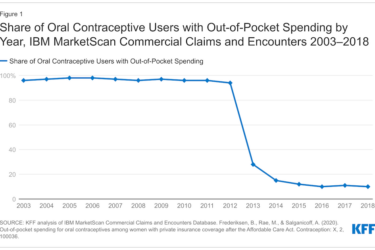One of the biggest health care news stories of 2013 was the lack of price transparency. But consumers need much more than price information to know how to shop for health care services.
They need extensive information on the quality of care physicians, hospitals, and other providers deliver. Unfortunately, data on the quality that physicians and hospitals deliver are not as widespread or as robust as they need to be.
A recent report, “State Report Card on Transparency of Physician Quality Information,” from the Health Care Incentives Improvement Institute (HCI3) addresses the issue, saying:
“… finding information on the quality of physicians remains elusive for most consumers. While Medicare has a public web site that contains information on physicians, it is completely void of any data on the quality of care delivered. That’s all the more surprising since physicians have been reporting a basket of quality measures to Medicare for several years.
“There are commercial websites that provide some information on the quality of physician care, but there’s often a fee to pay for the full report, and the objectivity of the data on those sites has been questioned by many researchers.”
In Business Insurance, Joanne Wojcik summed up the problem nicely, writing, “Quality information on individual physicians is publicly available only in a few states, making it virtually impossible for employees to make health care value purchasing decisions, according to a report by the Health Care Incentives Improvement Institute Inc., a nonprofit group that designs programs to boost health care quality and affordability.”
Only two states – Minnesota and Washington – got the highest grade (an A) on the report. California earned a C, and the others got Ds or Fs.
But even Minnesota and Washington failed to report on the quality of care from individual physicians, as Gary Schwitzer pointed out on his site, Health News Review (see the comments section following the article). Instead, these states rated clinics and physician groups.
This lack of data on provider quality will be a problem right away because so many consumers will be choosing physicians and hospitals if they haven’t done so already.
Some data are available on hospital quality, such as that from the Hospital Compare site from the federal Centers for Medicare & Medicaid Services, also available from AHCJ. One problem with that data, however, is that it can be difficult to get information that might be useful for a consumer considering a particular procedure.
What consumers need are tools they can use when deciding which physician, hospital, or other provider to choose for a specific service, such as a mammogram, colonoscopy or X-ray. Aetna, Cigna, Harvard Pilgrim Health Plan, and other insurers already offer propriety software tools for consumers choosing physicians and hospitals. Available on smart phones and computers, these tools allow members to compare providers on price and some quality scores as well.
As more consumers enroll in high-deductible health plans, insurers will continue their efforts to develop more robust price and quality transparency tools. Until then, most consumers will be shopping in the dark.
Related
Keep in mind unintended consequences of price transparency
Report shows how reference pricing brings down costs









